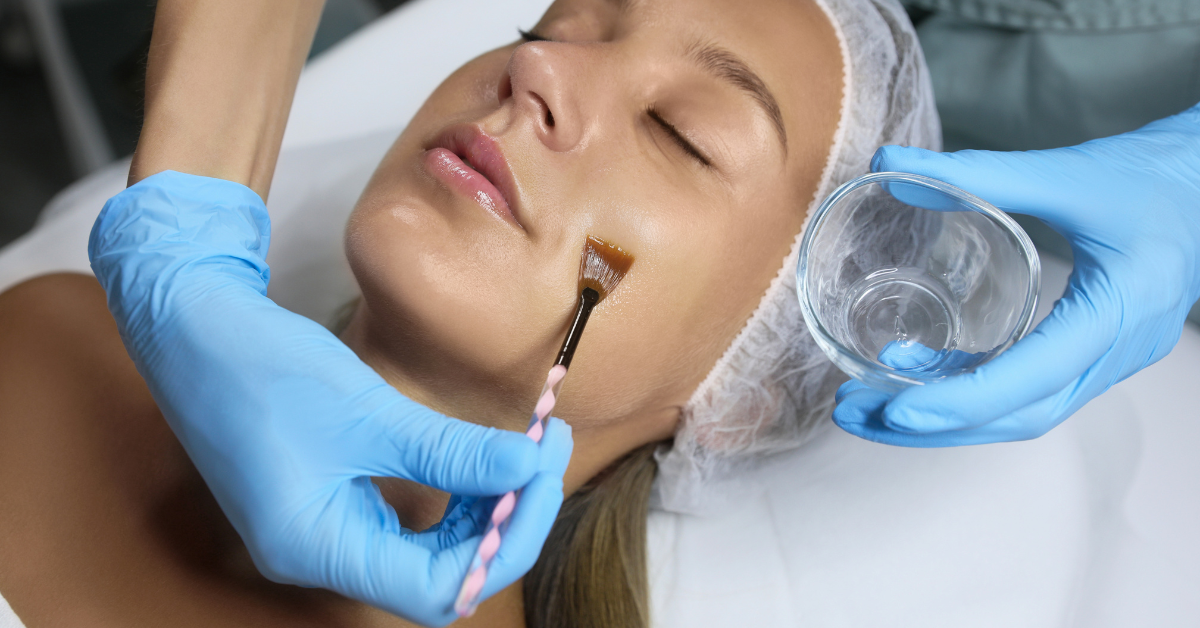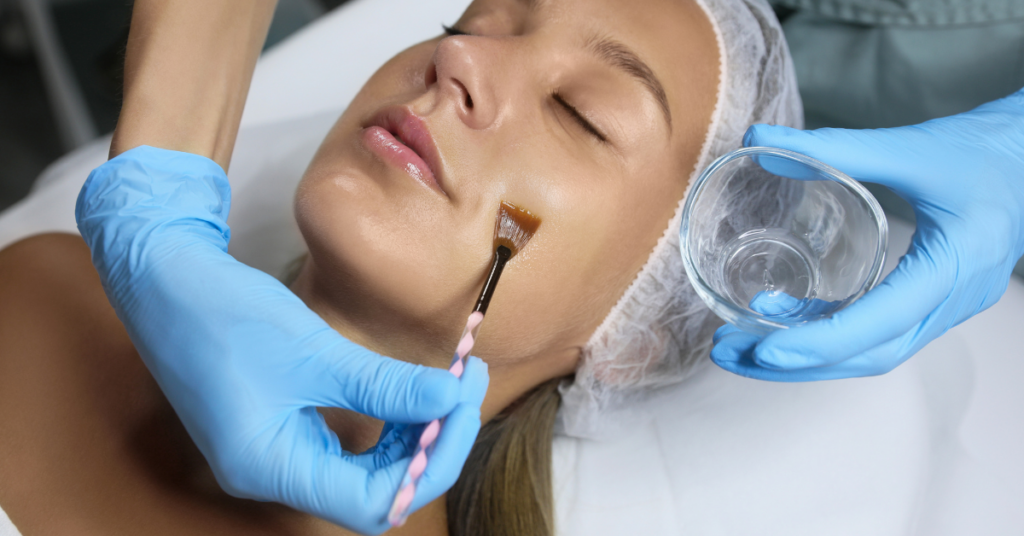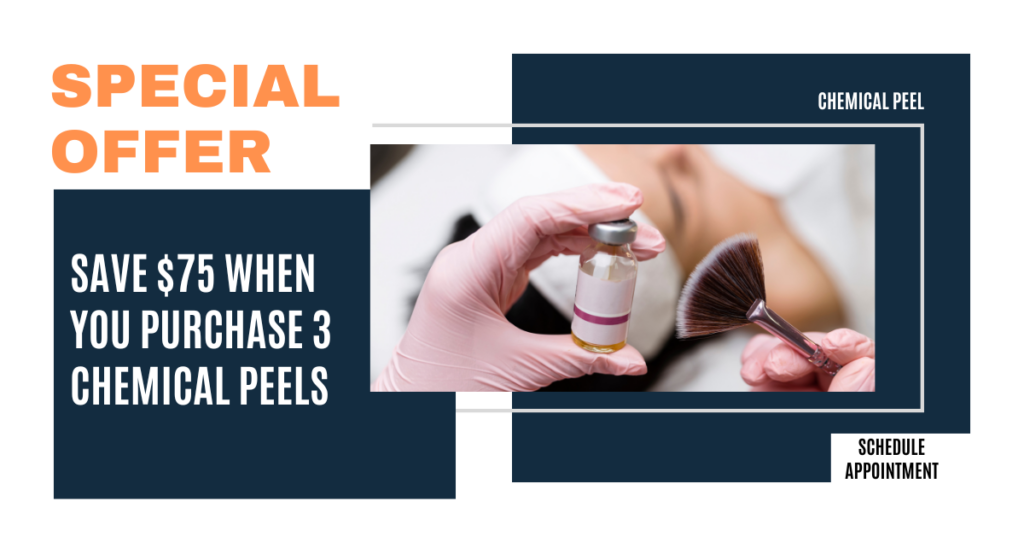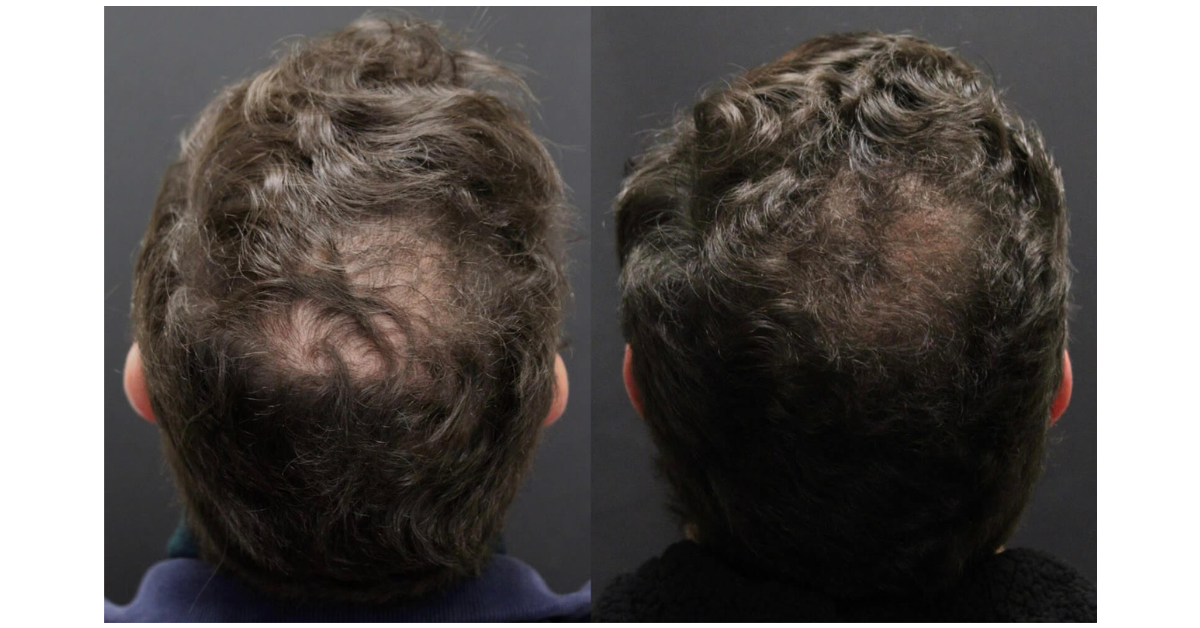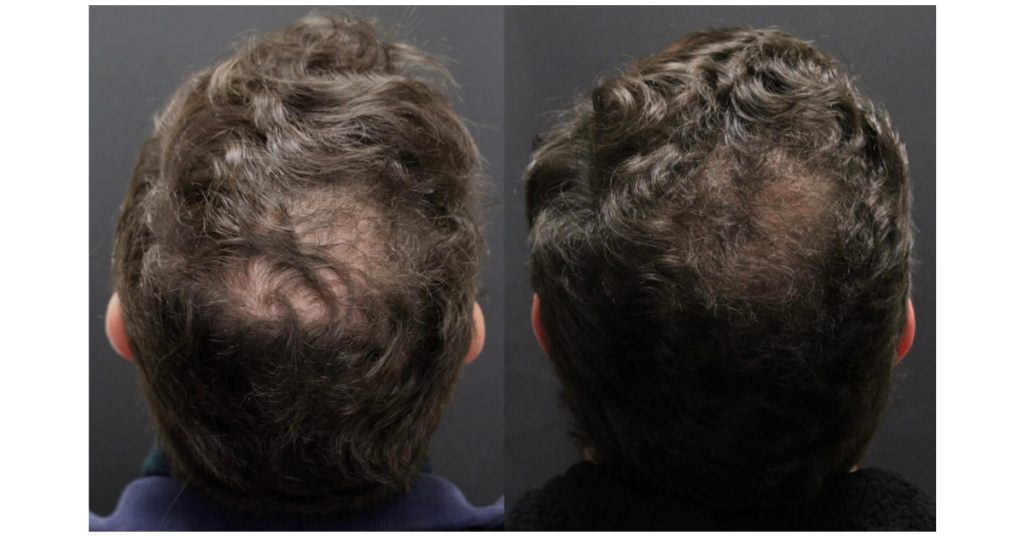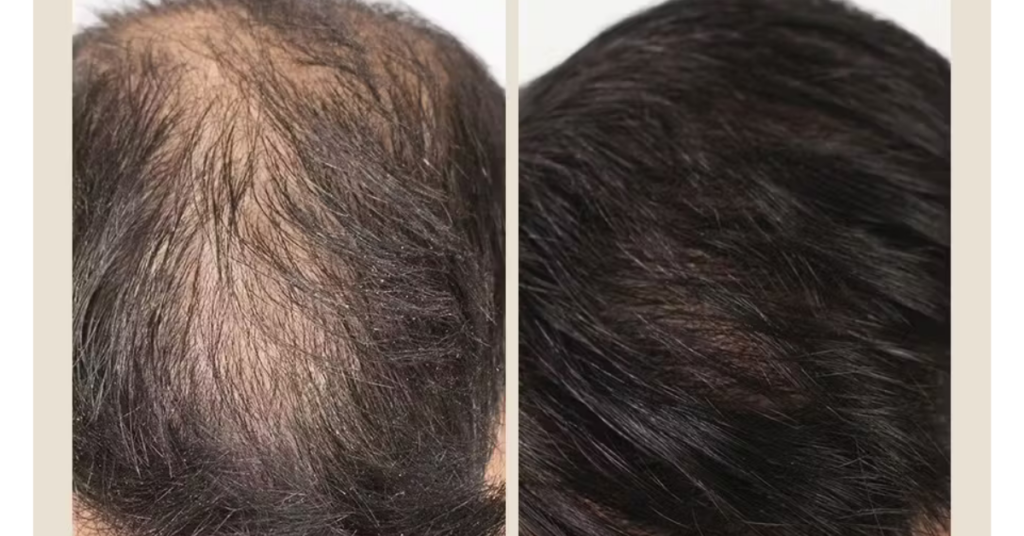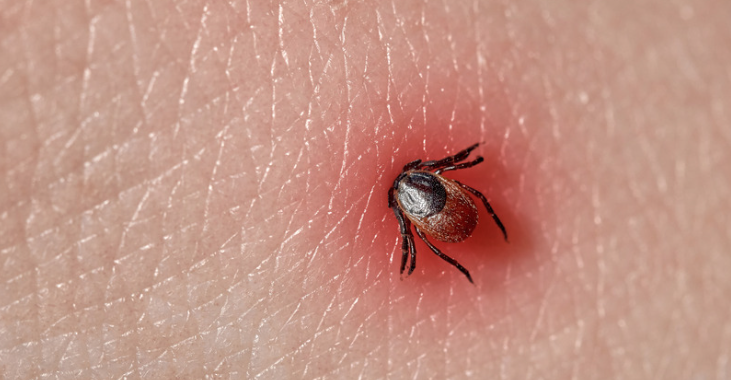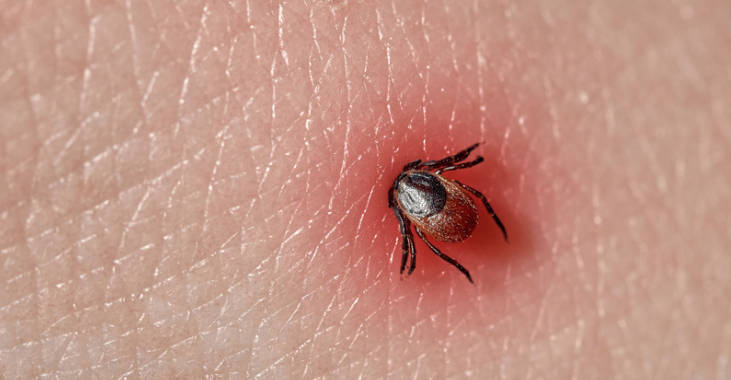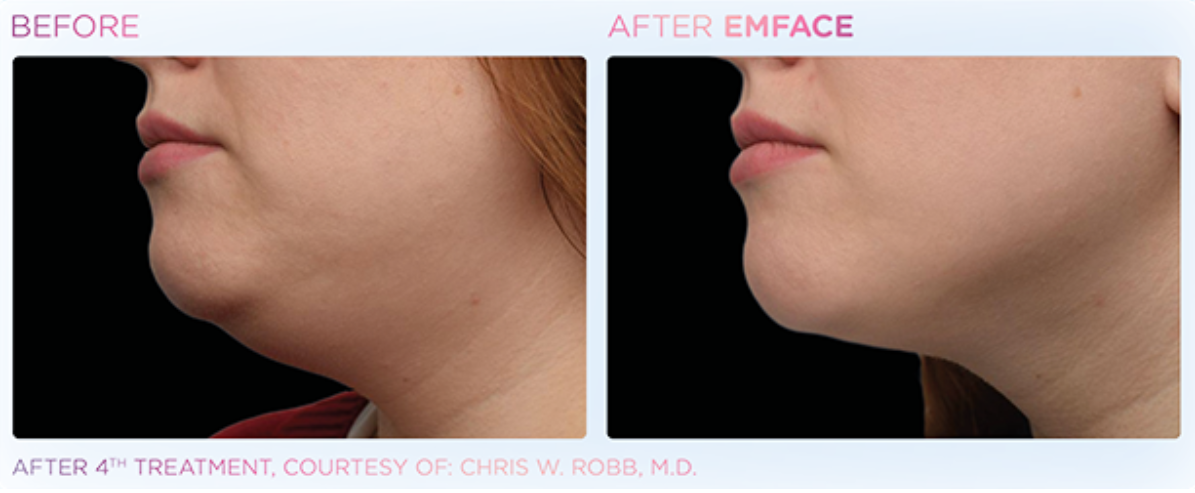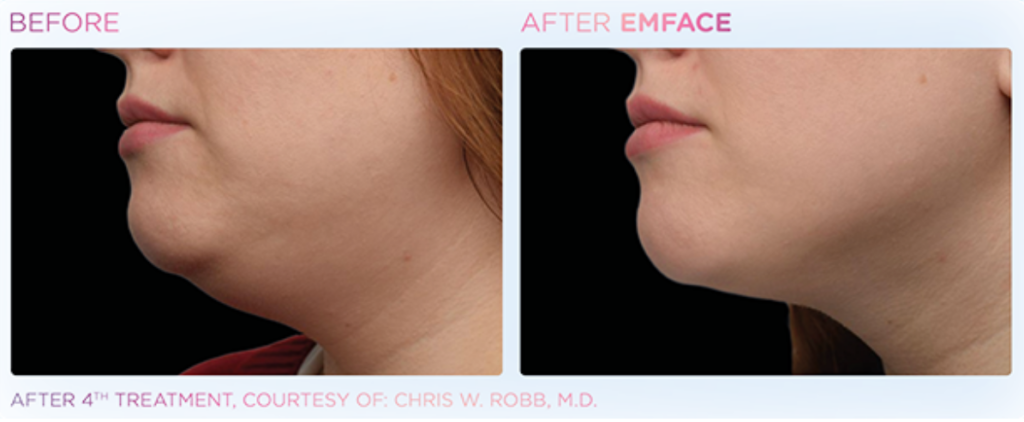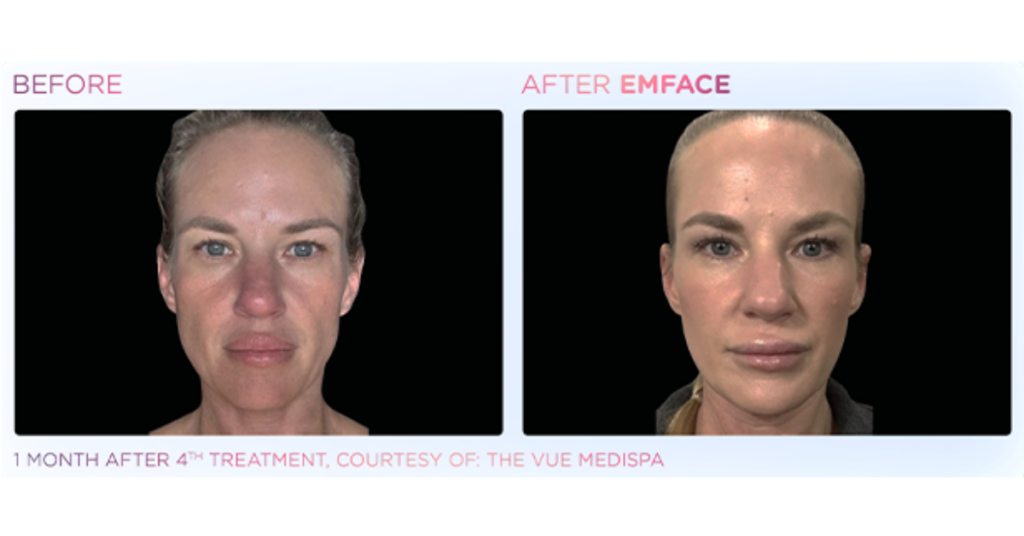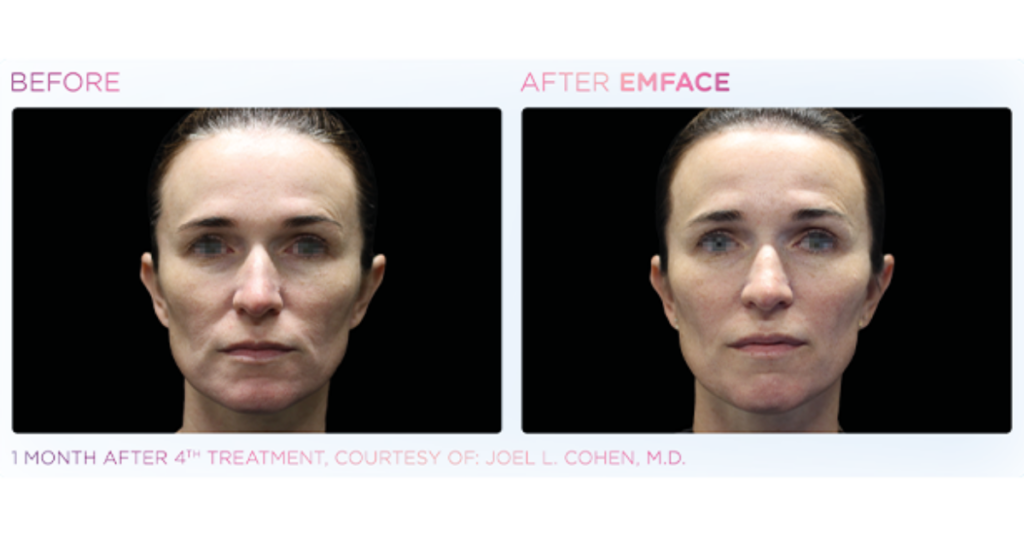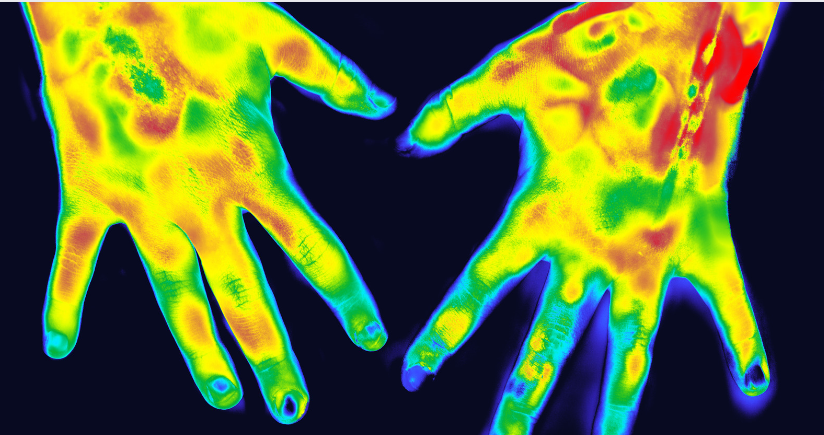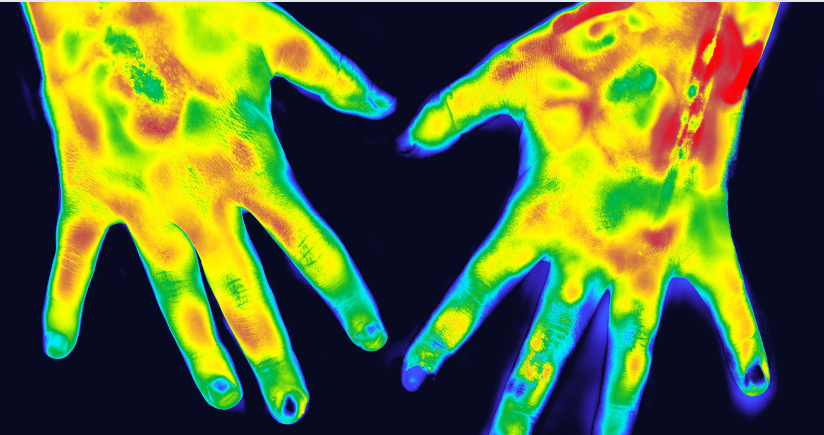Understanding Weight Gain in Thyroid Disorders

Thyroid disorders are conditions that affect the thyroid gland, a small, butterfly-shaped gland located in the front of the neck, just below the Adam’s apple. The thyroid gland produces hormones that regulate various functions in the body, including metabolism, heart rate, temperature, and mood.
There are several types of thyroid disorders, including:
- Hypothyroidism: This occurs when the thyroid gland doesn’t produce enough thyroid hormone. Symptoms may include fatigue, weight gain, cold intolerance, dry skin, and constipation.
- Hyperthyroidism: This occurs when the thyroid gland produces too much thyroid hormone. Symptoms may include weight loss, rapid heartbeat, sweating, nervousness, and difficulty sleeping.
- Thyroid nodules: These are lumps that form within the thyroid gland. Most thyroid nodules are benign, but some can be cancerous.
- Thyroiditis: This is inflammation of the thyroid gland, which can cause temporary hyperthyroidism followed by hypothyroidism.
- Thyroid cancer: This is relatively rare but can occur in the thyroid gland. It often presents as a lump in the neck.
Weight gain can be a symptom of hypothyroidism, a condition where the thyroid gland doesn’t produce enough thyroid hormone. Thyroid hormones play a crucial role in regulating metabolism, the process by which the body converts food into energy. When thyroid hormone levels are low, metabolism slows down, leading to a decrease in the body’s ability to burn calories efficiently.
Several factors contribute to weight gain in hypothyroidism:
- Slowed metabolism: Thyroid hormones help regulate metabolism, so when levels are low, metabolism slows down. This means the body burns fewer calories at rest and during physical activity, making it easier to gain weight.
- Water retention: Hypothyroidism can cause fluid retention, leading to temporary weight gain due to increased water weight.
- Changes in appetite: Some individuals with hypothyroidism may experience changes in appetite, such as increased hunger or cravings for high-calorie foods, which can contribute to weight gain.
- Fatigue and reduced physical activity: Hypothyroidism often causes fatigue and lethargy, which can make it challenging to engage in regular physical activity, leading to weight gain.
- Changes in body composition: Thyroid hormone imbalances can affect the distribution of fat in the body, leading to changes in body composition and potentially contributing to weight gain, especially around the abdomen.
Treatment for thyroid disorders depends on the specific condition but may include medications to regulate hormone levels, radioactive iodine therapy to destroy thyroid cells, surgery to remove part or all of the thyroid gland, or hormone replacement therapy.
Here are some essential vitamins and minerals we recommend:
Iodine: Iodine is a crucial component of thyroid hormones, thyroxine (T4) and triiodothyronine (T3). These hormones regulate metabolism, growth, and development. Adequate iodine intake is essential for thyroid hormone synthesis. However, excessive iodine intake can also be harmful, so it’s important to consume iodine in appropriate amounts. Good dietary sources include iodized salt, seafood, seaweed, and dairy products.
Selenium: Selenium is a trace mineral that is important for thyroid health and function. It is involved in the conversion of T4 to the more active T3 hormone and helps protect the thyroid gland from oxidative damage. Good dietary sources of selenium include Brazil nuts, fish, shellfish, meat, eggs, and sunflower seeds.
Zinc: Zinc is another trace mineral that plays a role in thyroid hormone production and regulation. It is involved in the synthesis of thyroid hormones and helps support immune function. Good dietary sources of zinc include meat, shellfish, legumes, nuts, seeds, and dairy products.
Iron: Iron deficiency can impair thyroid function and lead to hypothyroidism. Iron is necessary for the production of thyroid hormones and the conversion of T4 to T3. Good dietary sources of iron include red meat, poultry, fish, beans, lentils, tofu, fortified cereals, and dark leafy greens.
Vitamin D: Vitamin D deficiency has been associated with autoimmune thyroid diseases such as Hashimoto’s thyroiditis. Adequate vitamin D levels may help support immune function and reduce inflammation in the thyroid gland. Good dietary sources of vitamin D include fatty fish, fortified dairy products, and exposure to sunlight.
Vitamin B12: Vitamin B12 deficiency has been linked to thyroid disorders and may contribute to symptoms such as fatigue and weakness. Vitamin B12 is important for the production of red blood cells and the maintenance of nerve function. Good dietary sources of vitamin B12 include meat, fish, poultry, eggs, dairy products, and fortified cereals.
Magnesium: Magnesium is involved in hundreds of biochemical reactions in the body, including energy production, muscle function, and protein synthesis. It also supports bone health, heart health, and nervous system function. Dietary sources include nuts, seeds, whole grains, leafy greens, and legumes.
It’s important to note that not everyone with hypothyroidism will experience weight gain, and weight gain alone is not necessarily indicative of a thyroid disorder. Additionally, weight gain can occur for various reasons unrelated to thyroid function, such as diet, lifestyle factors, medications, and underlying health conditions.
If you suspect you have a thyroid disorder or are experiencing unexplained weight changes, it’s essential to consult a healthcare professional for proper evaluation and diagnosis. With appropriate treatment and management, including medication to replace thyroid hormone, dietary changes, and regular exercise, individuals with hypothyroidism can often achieve and maintain a healthy weight.




